1.31.12 Pomnipotent
A much heralded character throughout history, the virtues of the pomegranate are extolled in the Koran, the Book of Exodus and Homer's Hymns. Punica granatum has been cultivated in the Caucasus since ancient times and continues to be popular amongst the antioxidant-slurping, fountain-of-youth-seekers of modern day. It's in season now in the Northern Hemisphere and widely available in supermarkets and Korean delis near you. The name comes from the Latin for "seeded apple" and, indeed, its leathery red shell breaks apart to reveal a spongy web nestling a treasure trove of glittering garnet jewels. So glorious is this fruit that the ancient city of Granada in Spain was renamed for the pomegranate during Moorish reign. The flavor is most often a combination of sweet and tart, with a mouth-puckering quality from the tannins contained in the juice of the aril, as the watery part surrounding the seed is called. These have a slight crunch to them and a hint of bitterness that adds to the complex flavor of this fruit, as delicious eaten out of hand as it is mixed fresh into salads, cooked in stews, or rendered into syrup to flavor all manner of drinks and traditional dishes from the Middle East.
Pomegranate juice is rich in vitamin C and a good source of vitamin B5, potassium and polyphenols (tannins and flavonoids) and other antioxidant phytochemicals. The seeds themselves contain beneficial unsaturated oils. Some studies have shown pomegranate juice to be effective in reducing risk factors of heart disease, including lowering blood pressure and bad cholesterol. It may also inhibit viral infections and be effective against dental plaque. And it will also wash your car. Kidding. (The FDA issued a warning to POM Wonderful in 2010 for making illegal claims of unproven antioxidant and anti-disease benefits.) Keep in mind that eating the seeds whole is best; fresh juice comes next; and the bottled stuff last, although it’s not without its benefits.
In Ancient Israel, scouts brought pomegranates to show Moses the fertility of the promised land. They are symbolic of plenty in so many cultures and religions, including Islam, Hinduism, Christianity and Judaism.
After opening the pomegranate by scoring it with a knife and breaking it open, separate the arils (seed casings) from the peel and the white membranes. This is easily done in a bowl of water because the arils sink and the inedible pulp floats. Freezing the entire fruit also makes it easy to separate.
Another very effective way of quickly harvesting the arils is to cut the pomegranate in half and score each half of the rind about six times. Then hold the pomegranate half over a bowl and smack the rind with a large spoon. The arils should pop out directly into the bowl, leaving only a relative few to dig out.
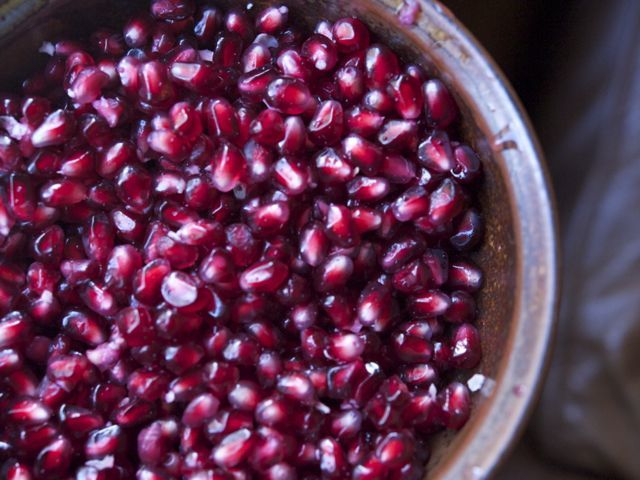
These fresh kernels are delicious scattered over hummus; mixed into a salad of fennel or endive or in a rice or quinoa pilaf; stirred into thick, honey-drizzled labne or yogurt; or made into a sauce for fish. Their flavor also pairs well with citrus, lamb and saffron.
Pomegranate molasses is a thick, syrupy concoction that—unlike grenadine, it's thinner, sweeter cousin—is rather sour and complex, almost like an aged balsamic vinegar in flavor. In Turkey, we ate it in muhammara, a dip for bread and vegetables made with roasted red pepper, walnut and garlic. It's also wonderful pooled around panna cotta.Last weekend I attended a dinner with a Middle Eastern theme and was asked to provide an appropriate cocktail. I had a bottle of our local Peace vodka that I was infusing with saffron and decided to start there. Combined with blood orange juice, pomegranate molasses and a bit of orange flower water, it would have gone a long way toward convincing Moses he'd reached the promised land.
The Red Sea
makes 1 cocktail
- — dash orange flower water
- — 1 ounce pomegranate molasses
- — 2 ounces fresh blood orange juice
- — 2 ounces saffron-infused vodka*
- — twist of orange peel or thin slice of kumquat
Shake all the ingredients with plenty of ice and serve on the rocks in a clear glass. Garnish with an extra slice of kumquat if desired.
*To infuse vodka, simply add a large pinch of saffron to a bottle of vodka and allow to infuse for several days, or until the saffron has given up all its red color and looks blonde. Strain the bits of saffron out and discard them.
 Download Recipe
Download Recipe






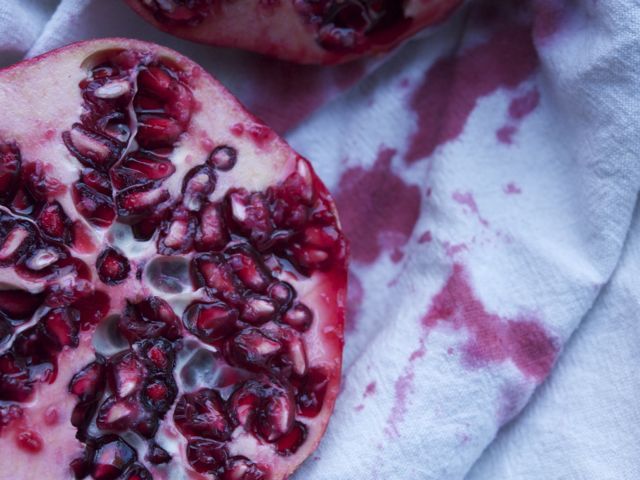
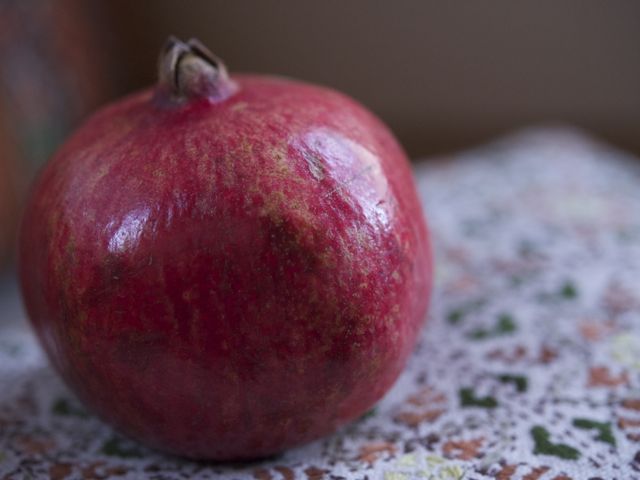
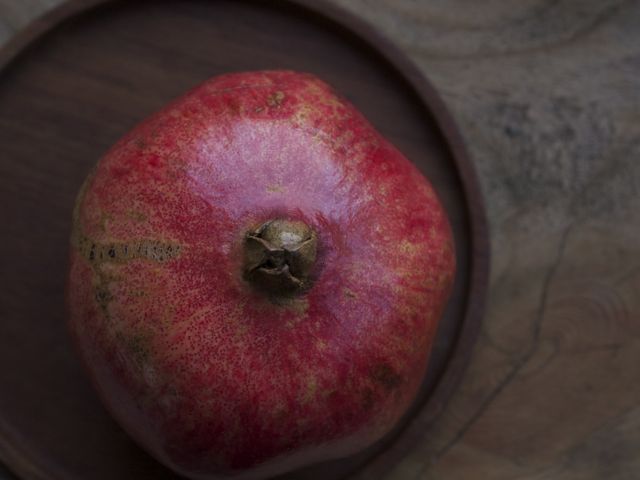
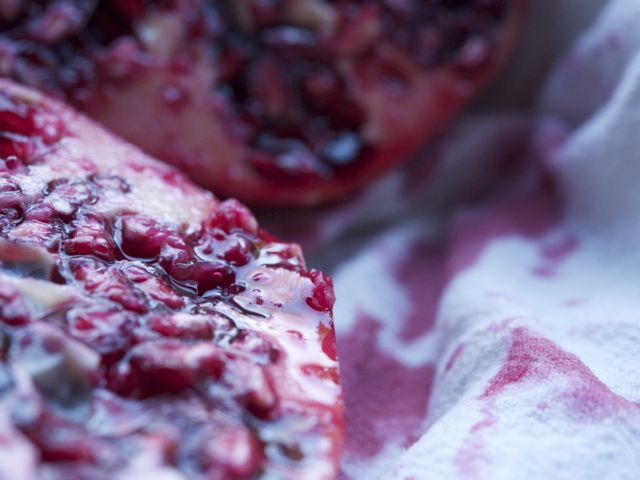
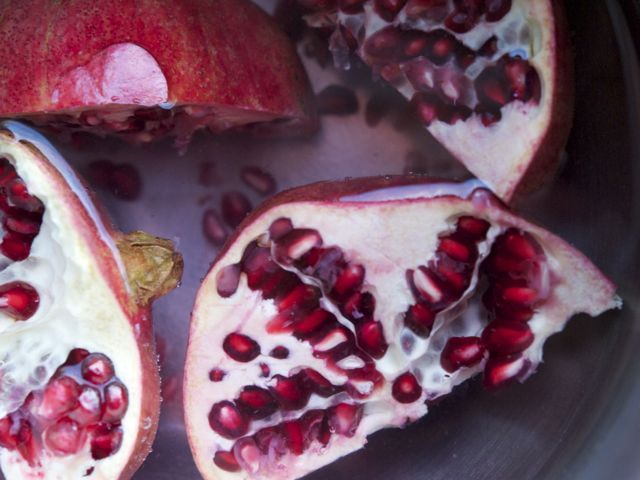
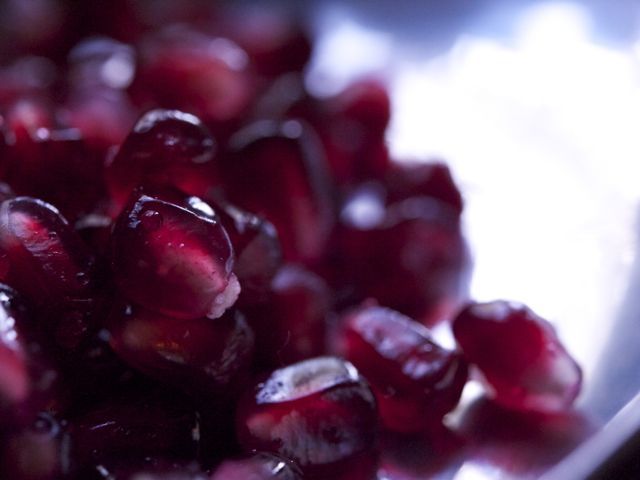
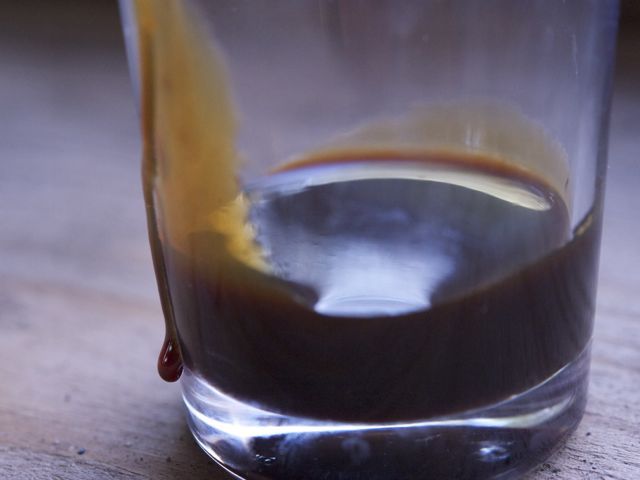

8 Comments